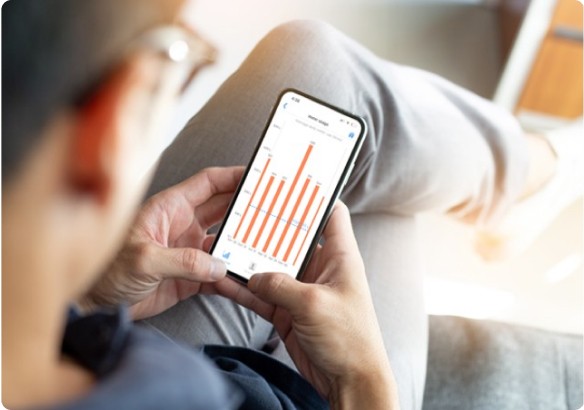Bushfires and your water supply
Make sure you’re water-prepared for bushfire season.
Your water supply during a bushfire
Summer in Australia is a time when the risk of bushfires breaking out increases, especially for areas with forests, bush and grassland.
Unfortunately we can’t guarantee your water supply during a bushfire.
We design our network to meet normal residential and commercial water needs. During a bushfire, an increase in demand for water from firefighters or customers and/or potential damage to our network could result in a loss of water pressure, or loss of supply to some properties.
In extreme cases, where electricity outages could impact our systems, we may not be able to fix an issue immediately.
We have bushfire preparedness plans in place and a number of back-ups and precautions for our systems in the case of a bushfire, but it’s important to be prepared as bushfires can be unpredictable.
What you can do
If you live in a high-risk fire zone, you should be prepared with an independent water supply in the case of a bushfire as part of your bushfire readiness plan.
Independent water supplies may include groundwater bores, dams, water tanks or swimming pools.
On days of high-risk we recommend filling up large containers in advance such as rubbish bins, wheelie bins, bathtubs or laundry tubs.
Getting prepared
Visit the CFA website or up-to-date information on understanding your level of risk, building your bushfire plan and preparing your property.
- Check emergency.vic.gov.au
If you’re travelling, let people know where you are and where you're going.
Water quality during a bushfire
We’ll confirm this on our Facebook, news page, X (Twitter) and/or by contacting subscribed residents by SMS or email.
If you provide us with an updated email address and mobile number, we can let you know about any possible service interruptions quicker than by mail. Register or login to mySouthEastWater to update your details or call 13 16 94.
Rainwater tanks
If you have rainwater tanks on your property that supplies your drinking water, the water quality could be impacted by ash and/or firefighting retardants during a fire.
Don’t drink the water or use for food preparation if ash or fire retardants have entered your tank.
If your tank has been contaminated, we recommend getting it professionally cleaned as boiling water can’t remove fire retardant chemicals from the water.
.png/_jcr_content/renditions/cq5dam.web.1280.1280.png)
What we do to be fire-ready
In addition to our own bushfire preparedness plan, we have a number of processes and precautions in place to minimise interruptions to supply in the event of a bushfire. This includes:
keeping sufficient water supplies in our water storage tanks during total fire ban days
having permanent generators located at high-risk sites and sending temporary ones to other key locations ahead of summer, so that we can quickly switch to generator power in the case of a power outage
clearing gutters, roofs and any rubbish nearby to our asset sites, such as our pumping stations, to reduce the risk of catching fire
carrying out planned preventative maintenance on our assets
delivering our Hydrant Inspection and Maintenance Program, which inspects and conducts maintenance on fire hydrants.
South East Water and CFA collaborating to inform our bushfire preparedness before and during bushfire season.
Emergency contacts
It’s important to stay informed through multiple sources and follow all VicEmergency advice directions during fire season.
VicEmergency website emergency.vic.gov.au
VicEmergency Hotline (free call) 1800 226 226
VicEmergency app – download from App Store or Google Play
VicEmergency social media Facebook and X
You can also tune your radio to ABC local 774 for emergency information: ABC Local Radio
In the event of an emergency or bushfire, call 000




%20-%20no%20wave.png/_jcr_content/renditions/cq5dam.web.1440.810.jpeg)